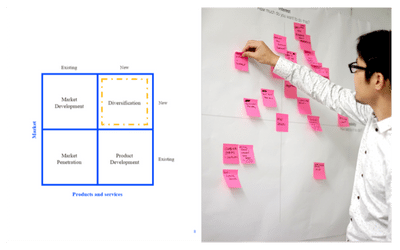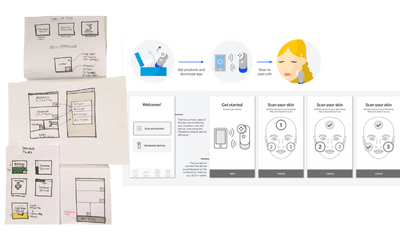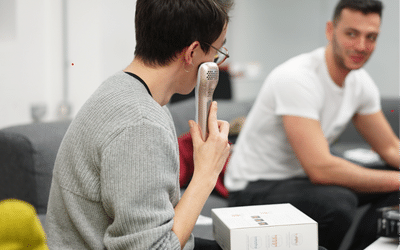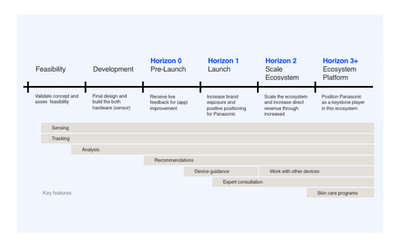New market entry, led by IoT-driven product, service & business model innovation
This Asian electronics giant was looking for an entry point into the European market. But with vastly different beauty routines in the two regions, how can we adapt their core strength to meet the needs of a new consumer?
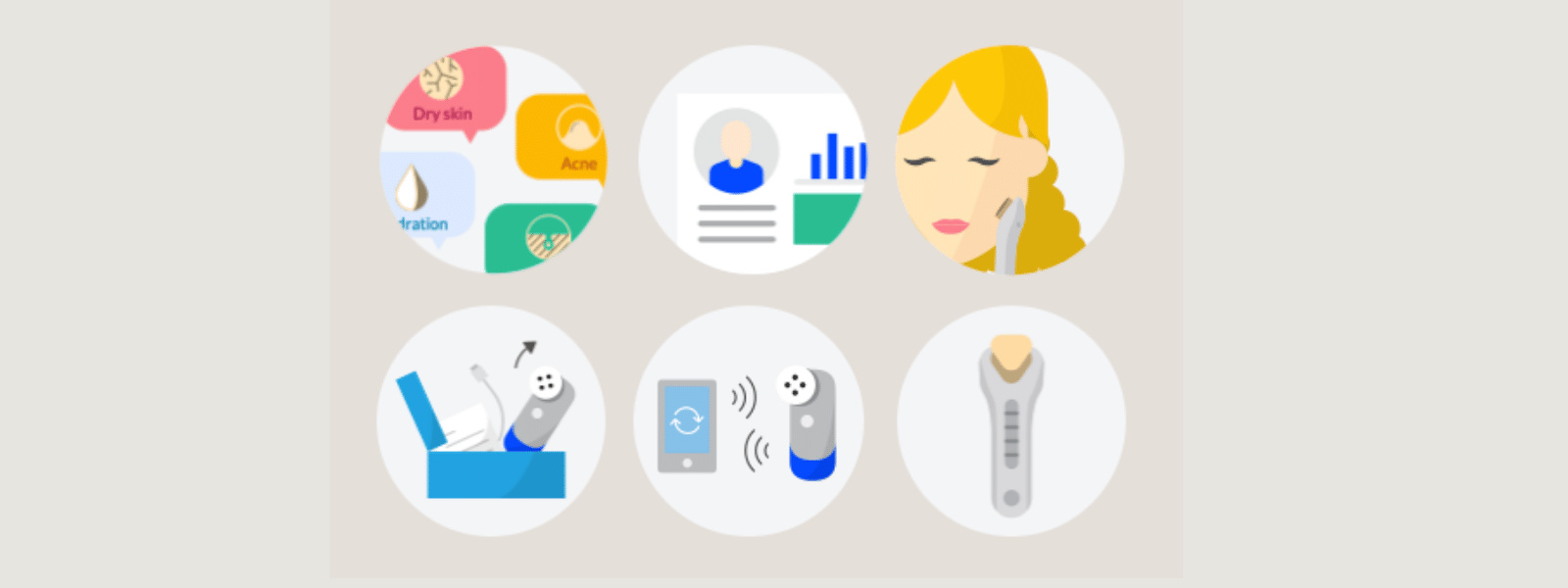
| The challenge |
It started with a market entry strategy; but to solve that, my team would need also need to complete product, service and business model design; plus a core business shift. From a product-centric brief, common in innovation in Asia, the challenge was to find a niche where a beauty device designed for the asian market would fit naturally into a European beauty routine The twist: design IoT (connectivity) into the product to create a defendable competitive difference. The implications: This company is traditionally engineering/product-driven. However, IoT is naturally a combination of product and service delivery, meaning a shift from the current core business would need to take place to land the market entry strategy successfully. I'd I would need to work with the local and global Senior Leadership teams to design a new business model, and help the company transition in order for my team's product/service design to be successful. |
| Insights & mind shifts |
💄 British women have no beauty routine! Field research into British and German beauty routines shocked our HQ counterparts; "They spend a lot of time with makeup; but why is there no skincare?". Skin maintenance did happen, but was generally left until the evening at best; but frequently considered a time-luxury left until weekends. This cultural insight exploded a core assumption that had been made in HQ strategy setting - there was a huge gap between Asian and European beauty routines. ⏱ Help me fix...! Unmet needs uncover an opportunity. Deeper research revealed time-poor European women, and men, felt overwhelmed by the number of beauty products on the market. They were struggling to help to understand patterns in their own skin, why changes occur, and how to improve. There was a lot of trial and error going on - but without much tracking of results or expert support. Well, there's a clear opening for a solution.... 🎯 Cracking product-market fit. Specifically, my team was searching to uncover where consumer needs intersected with the capability of the focus technologies. Connectivity-enabled products are uniquely able to detect and monitor patterns, and connect to information. A device with a partnering service could offer this monitoring, alongside an exciting new business model that would help connect to professional expertise and relevant, timely skincare education. Testing with customers proved this was exactly what they were after; while working with product design and Senior Leadership teams proved the prototype was also technically feasible and financially viable. |
| Results |
🟢 Testing prototypes with customers showed high traction, giving the market entry strategy a green light. 🧪 The Senior Leadership teams supported using this product launch to pilot a service component for the company. The business model I developed supported this additional service delivery component, but plugged into the existing organisational structure without a high-resource commitment, giving the company a way to trial a new business offering at low risk and an option for a phased transition. 💡💼 This new venture went straight into the innovation pipeline at the Japanese headquarters; while the research gave the local team enough evidence to progress product changes for European markets in other areas of the business. |
